Home>Home Appliances>Bathroom Appliances>How To Brush Teeth With Braces Using An Electric Toothbrush
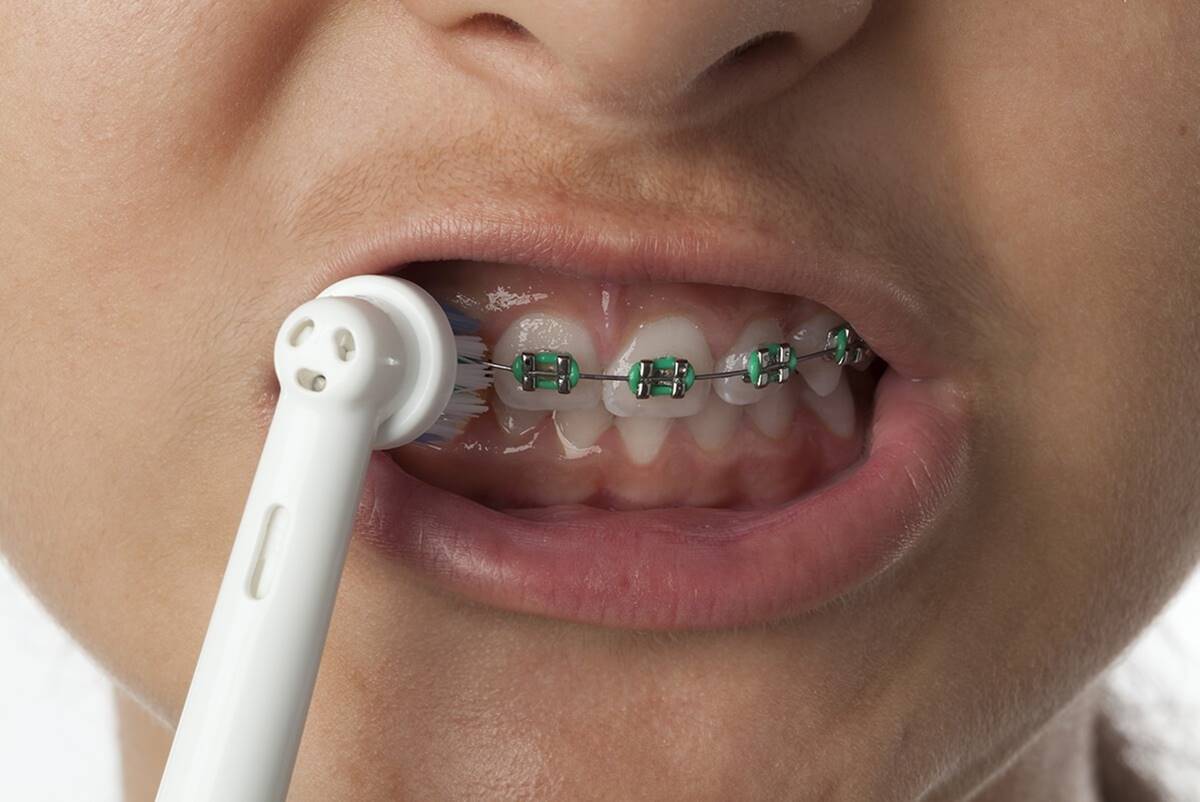

Bathroom Appliances
How To Brush Teeth With Braces Using An Electric Toothbrush
Modified: January 9, 2024
Learn the best techniques for brushing teeth with braces using an electric toothbrush. Get tips and advice for maintaining oral hygiene with bathroom appliances.
(Many of the links in this article redirect to a specific reviewed product. Your purchase of these products through affiliate links helps to generate commission for Storables.com, at no extra cost. Learn more)
Introduction
Welcome to the world of orthodontic braces! Whether you’re a teenager or an adult, having braces means taking extra care of your dental hygiene. Brushing your teeth with braces can be a bit challenging, but with the right tools and techniques, you can maintain a healthy and dazzling smile throughout your orthodontic journey.
One of the most effective tools for cleaning your teeth with braces is an electric toothbrush. Its oscillating or rotating bristle action can help dislodge food particles and plaque from those hard-to-reach spots around your brackets and wires. In this comprehensive guide, we’ll walk you through the steps of using an electric toothbrush to brush your teeth with braces, ensuring that your oral hygiene remains top-notch throughout your orthodontic treatment.
Key Takeaways:
- Choose an electric toothbrush with soft bristles and orthodontic brush heads to clean braces gently and effectively, promoting oral health during orthodontic treatment.
- Properly prepare and maintain your electric toothbrush to ensure optimal performance and hygiene, supporting clean and healthy teeth with braces.
Step 1: Choosing the Right Electric Toothbrush
When it comes to caring for your teeth with braces, selecting the right electric toothbrush is crucial. Consider the following factors to ensure you choose the most suitable electric toothbrush for your orthodontic needs:
- Bristle Type: Opt for an electric toothbrush with soft, rounded bristles to prevent damage to your braces and gums. Soft bristles are gentle yet effective in removing plaque and debris without causing irritation.
- Orthodontic Brush Head: Some electric toothbrush models offer specialized orthodontic brush heads designed to navigate around braces with ease. These brush heads typically feature a smaller, rounder shape to access tight spaces and clean around brackets and wires effectively.
- Pressure Sensor: Look for an electric toothbrush with a pressure sensor that alerts you if you’re applying too much force while brushing. This feature is especially beneficial for individuals with braces, as excessive pressure can damage the brackets and wires.
- Battery Life and Charging: Consider the battery life and charging mechanism of the electric toothbrush. Models with long battery life and convenient charging options can ensure that your toothbrush is always ready for use.
- Timer and Quadpacer: A built-in timer and quadpacer can help you brush your teeth evenly and thoroughly. These features ensure that you dedicate sufficient time to each section of your mouth, promoting comprehensive cleaning.
- Waterproof Design: Since orthodontic care involves various dental products and rinsing, choose an electric toothbrush with a waterproof design for hassle-free cleaning and maintenance.
By considering these factors, you can select an electric toothbrush that is tailored to your orthodontic needs, providing efficient and gentle cleaning for your teeth and braces.
Step 2: Preparing Your Electric Toothbrush
Before diving into the brushing process, it’s essential to prepare your electric toothbrush for optimal performance and hygiene. Follow these steps to ensure that your electric toothbrush is ready to tackle the task of cleaning your teeth with braces:
- Charge the Toothbrush: If your electric toothbrush is rechargeable, make sure it’s fully charged before each use. A well-charged toothbrush ensures consistent power throughout the brushing session, maximizing its effectiveness in removing plaque and debris from your braces and teeth.
- Attach the Orthodontic Brush Head: If your electric toothbrush comes with a specialized orthodontic brush head, securely attach it to the handle. The orthodontic brush head is designed to maneuver around braces and wires, providing thorough cleaning in hard-to-reach areas.
- Apply Toothpaste: Squeeze an appropriate amount of orthodontic-friendly toothpaste onto the bristles of your electric toothbrush. Look for toothpaste that is recommended for orthodontic patients, as it is formulated to maintain oral health while wearing braces.
- Activate the Toothbrush: Turn on your electric toothbrush and familiarize yourself with its settings. If your toothbrush offers multiple modes, such as a gentle or sensitive mode, select the most suitable setting for cleaning around your braces without causing discomfort.
By following these preparation steps, you can ensure that your electric toothbrush is primed and ready to provide efficient and gentle cleaning for your teeth and braces. Taking the time to prepare your toothbrush properly sets the stage for a thorough and comfortable brushing experience, promoting optimal oral hygiene during orthodontic treatment.
When brushing teeth with braces using an electric toothbrush, make sure to angle the brush head towards the gumline and gently brush around the brackets and wires to remove plaque and food particles.
Step 3: Brushing Technique for Braces
Mastering the proper brushing technique is essential for maintaining clean and healthy teeth while wearing braces. Here’s a step-by-step guide to effectively brush your teeth with braces using an electric toothbrush:
- Divide Your Mouth into Sections: Begin by mentally dividing your mouth into four sections: upper right, upper left, lower right, and lower left. This division helps ensure that you dedicate sufficient time to cleaning each area thoroughly.
- Angle the Brush Head: Tilt the bristles of your electric toothbrush at a 45-degree angle against the gumline. This angle allows the bristles to reach under the wires and around the brackets, effectively removing plaque and food particles.
- Focus on Each Tooth: Gently move the brush head in small circular motions to clean the front surface of each tooth. Pay special attention to the areas around the brackets, ensuring that the bristles access all angles for comprehensive cleaning.
- Clean the Back of the Teeth: Angle the brush head to reach the back surfaces of your teeth, including those behind the wires. Brushing the back of your teeth helps eliminate plaque and food debris that may accumulate in these areas.
- Clean the Gumline and Tongue: After brushing the tooth surfaces, gently brush along the gumline and the surface of your tongue. This step helps remove bacteria and debris, promoting overall oral health.
- Rinse and Inspect: Once you’ve completed brushing all sections of your mouth, thoroughly rinse your mouth with water. Take a moment to inspect your teeth and braces in the mirror to ensure that they are clean and free of any residual plaque or food particles.
By following this brushing technique, you can effectively maintain oral hygiene and keep your teeth and braces clean throughout your orthodontic treatment. The gentle yet thorough cleaning action of the electric toothbrush, combined with the proper brushing technique, ensures that your smile remains healthy and radiant despite the challenges of wearing braces.
Step 4: Cleaning Your Electric Toothbrush
Just as it’s important to keep your teeth and braces clean, maintaining the cleanliness of your electric toothbrush is essential for optimal oral hygiene. Follow these steps to ensure that your electric toothbrush remains hygienic and effective:
- Rinse the Brush Head: After each use, thoroughly rinse the brush head of your electric toothbrush under running water to remove any toothpaste and debris. Gently shake off excess water to prevent it from accumulating inside the brush head.
- Clean the Handle: Wipe the handle of your electric toothbrush with a damp cloth to remove any toothpaste residue or splatters. Ensure that the handle is kept dry to prevent water damage and maintain the integrity of the device.
- Sanitize the Brush Head: Periodically sanitize the brush head of your electric toothbrush according to the manufacturer’s instructions. Some toothbrush models offer UV sanitizers or replacement indicator bristles to ensure that the brush head remains hygienic and functional.
- Replace the Brush Head Regularly: Monitor the condition of the brush head and replace it as recommended by the manufacturer or your orthodontist. Over time, bristles may wear out, reducing the effectiveness of the toothbrush in cleaning your teeth and braces.
- Store the Toothbrush Properly: Keep your electric toothbrush in an upright position to allow for proper air circulation and drying between uses. Avoid storing it in a closed container or cover, as this can promote the growth of bacteria and mold.
By incorporating these cleaning practices into your oral hygiene routine, you can ensure that your electric toothbrush remains hygienic and functional, supporting your efforts to maintain clean and healthy teeth with braces. A well-maintained electric toothbrush contributes to effective plaque removal and overall oral health, complementing the benefits of orthodontic treatment.
Conclusion
Embarking on an orthodontic journey with braces doesn’t mean compromising on oral hygiene. By incorporating the use of an electric toothbrush into your daily dental care routine, you can effectively maintain clean and healthy teeth while navigating the challenges posed by orthodontic appliances.
Choosing the right electric toothbrush equipped with orthodontic-friendly features sets the stage for efficient plaque removal and gentle cleaning around braces and wires. Preparing your electric toothbrush by ensuring it’s adequately charged and equipped with the appropriate brush head optimizes its performance for the task at hand.
Mastering the brushing technique tailored to braces involves meticulous attention to detail, focusing on each tooth and the areas around brackets and wires. By following a systematic approach and incorporating gentle circular motions, you can ensure that your teeth and braces receive thorough cleaning without causing discomfort or damage.
Furthermore, maintaining the cleanliness of your electric toothbrush is paramount to upholding optimal oral hygiene standards. Regularly cleaning and sanitizing the toothbrush, along with replacing the brush head as needed, safeguards its effectiveness in supporting your oral health goals throughout your orthodontic treatment.
With the right electric toothbrush and proper brushing technique, individuals with braces can navigate their oral care routine with confidence, knowing that they are actively contributing to the health and cleanliness of their teeth and braces. By staying committed to these practices, you can embrace your orthodontic journey with a radiant smile and the assurance of excellent oral hygiene.
So, equip yourself with the right electric toothbrush, master the brushing technique tailored to braces, and maintain the cleanliness of your toothbrush to embark on a journey towards a healthy, dazzling smile, even with braces.
Frequently Asked Questions about How To Brush Teeth With Braces Using An Electric Toothbrush
Was this page helpful?
At Storables.com, we guarantee accurate and reliable information. Our content, validated by Expert Board Contributors, is crafted following stringent Editorial Policies. We're committed to providing you with well-researched, expert-backed insights for all your informational needs.
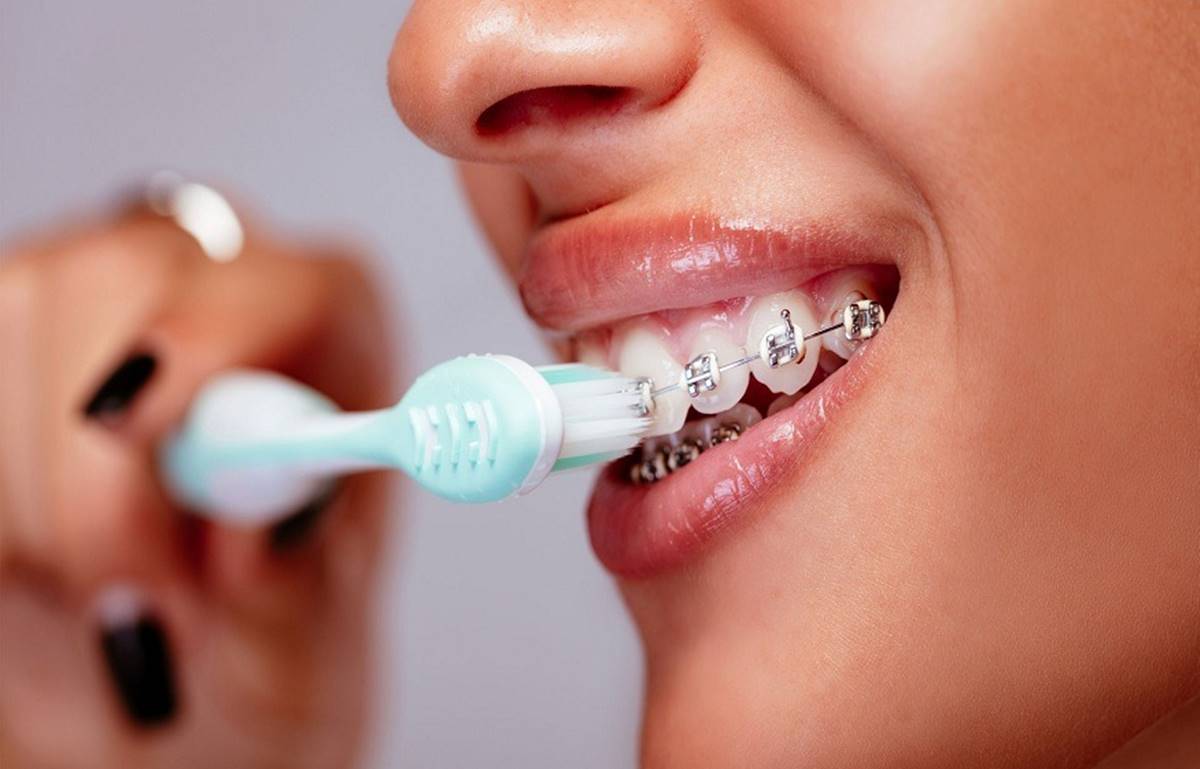

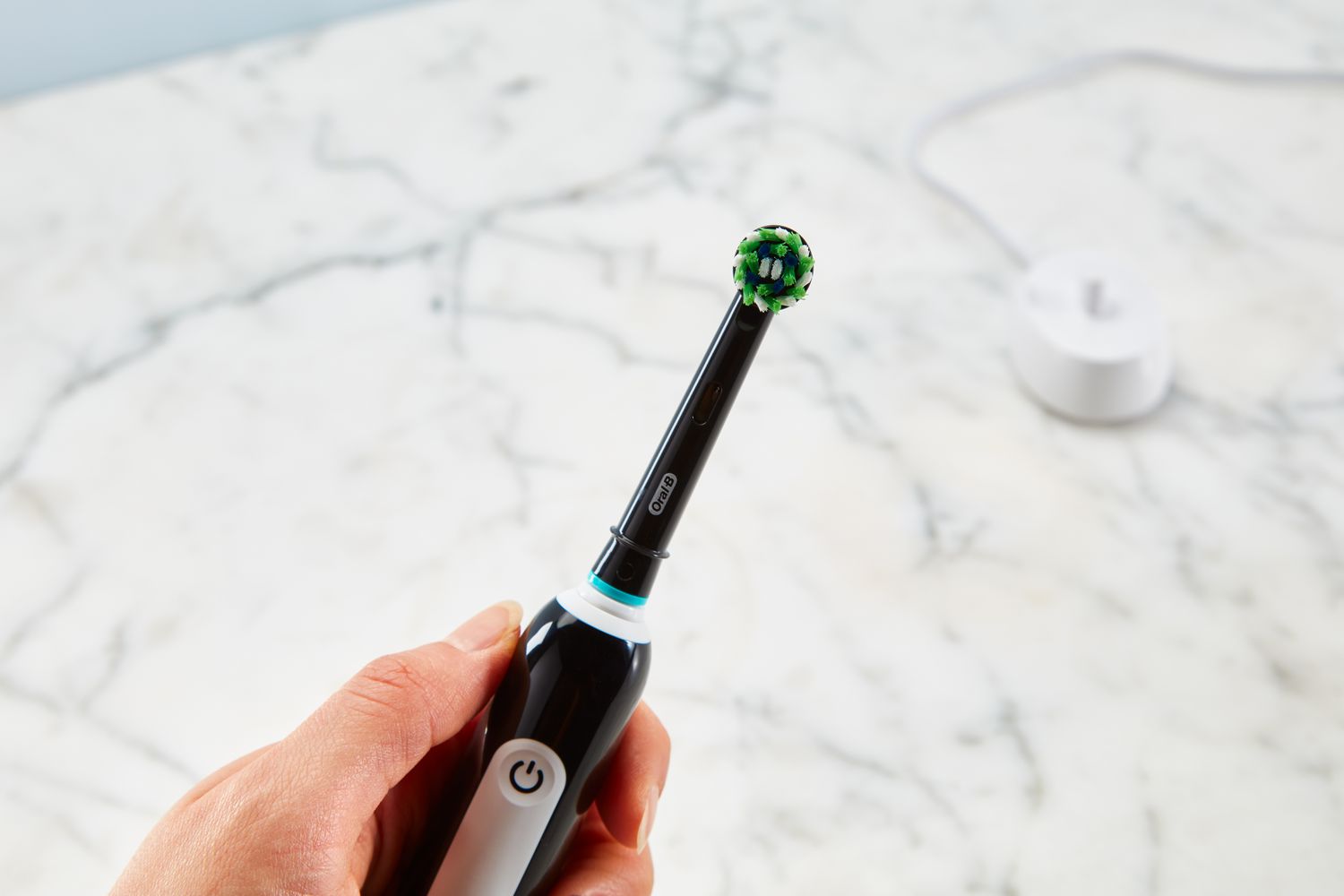
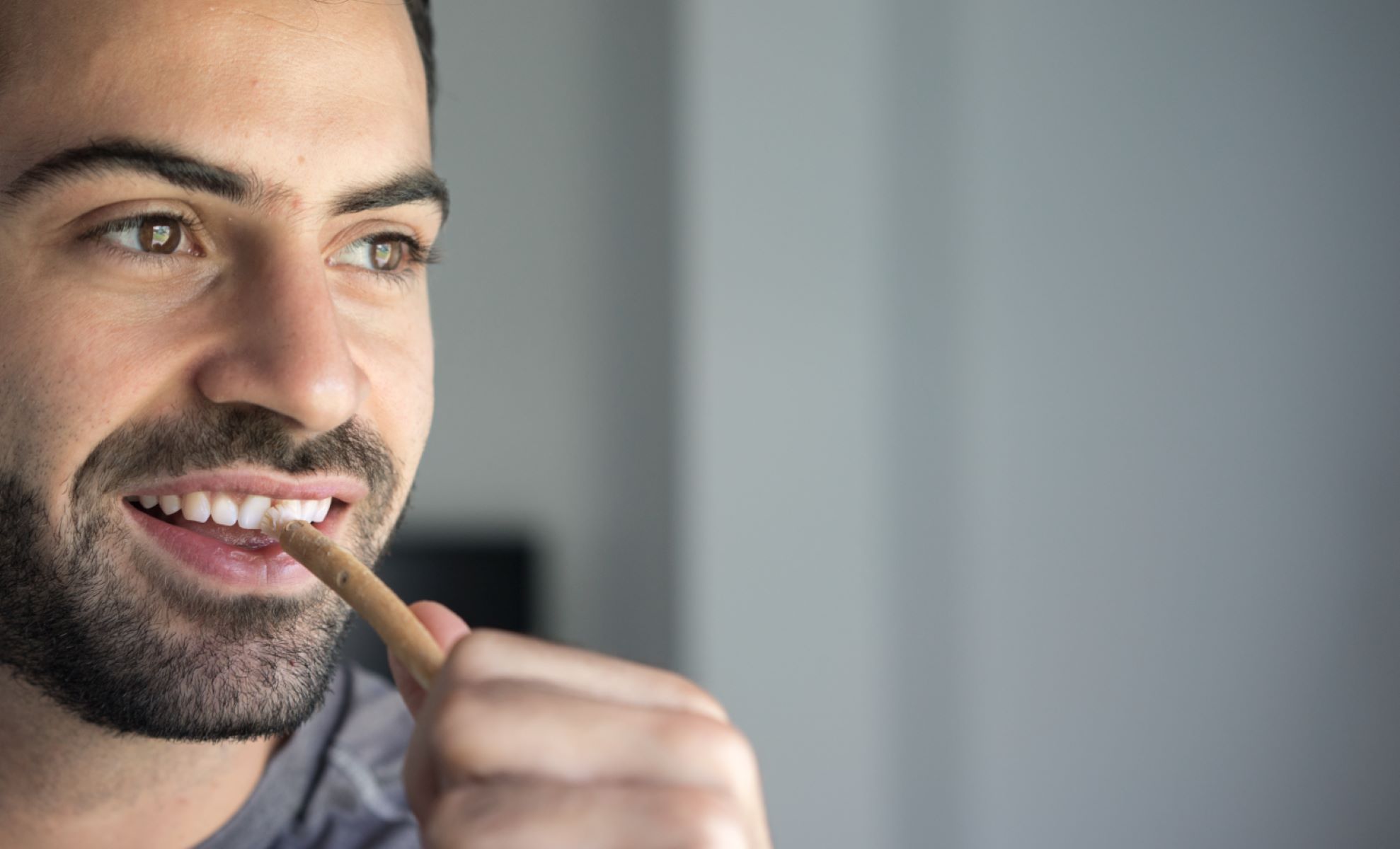
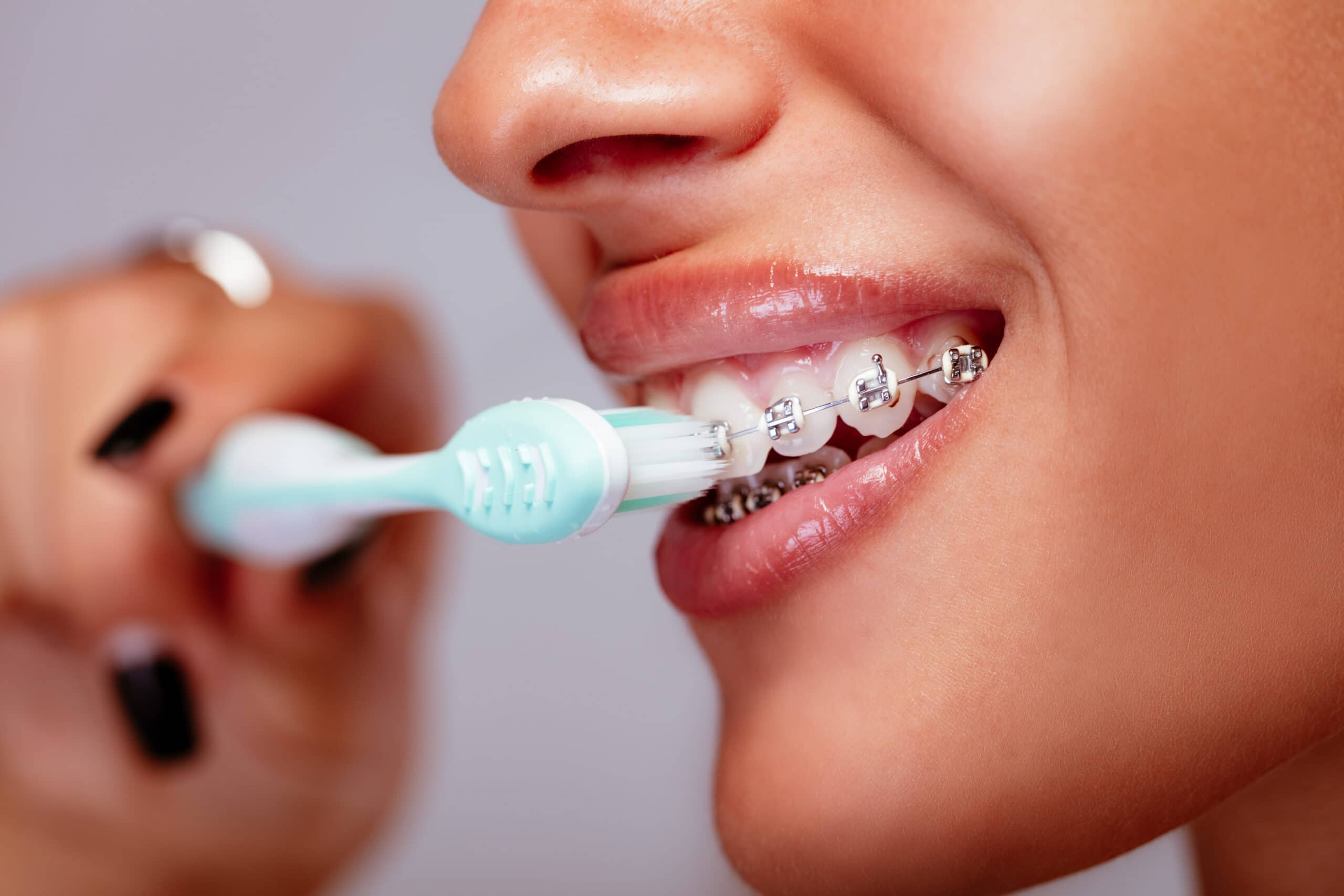
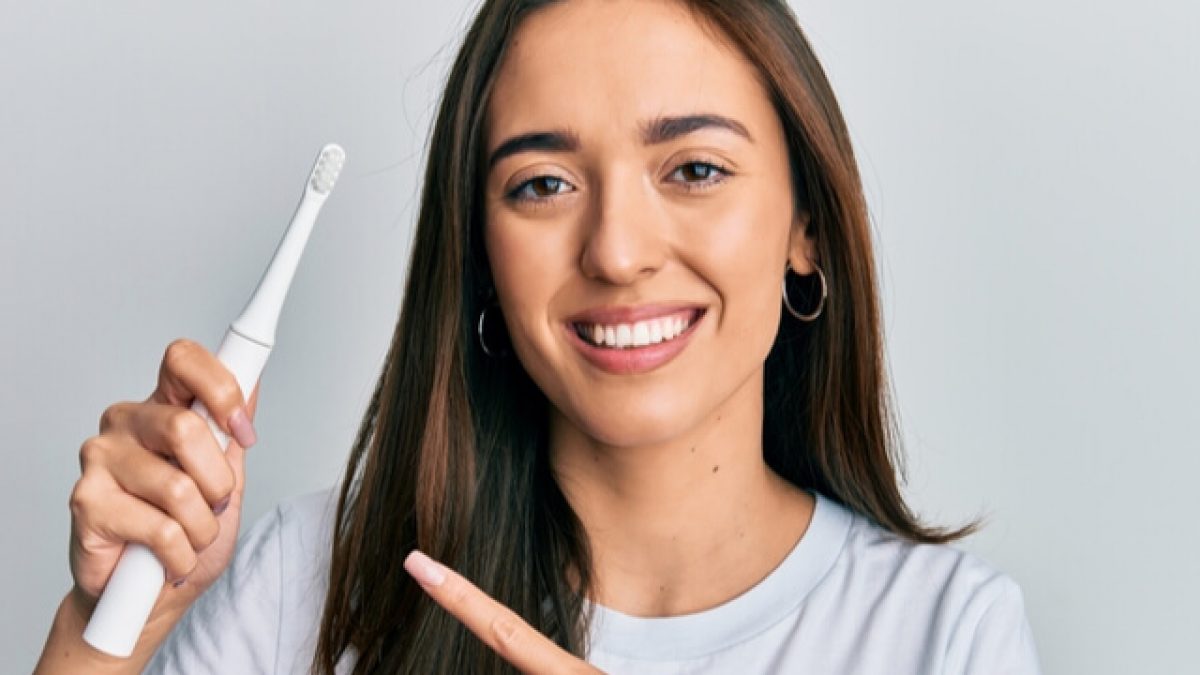
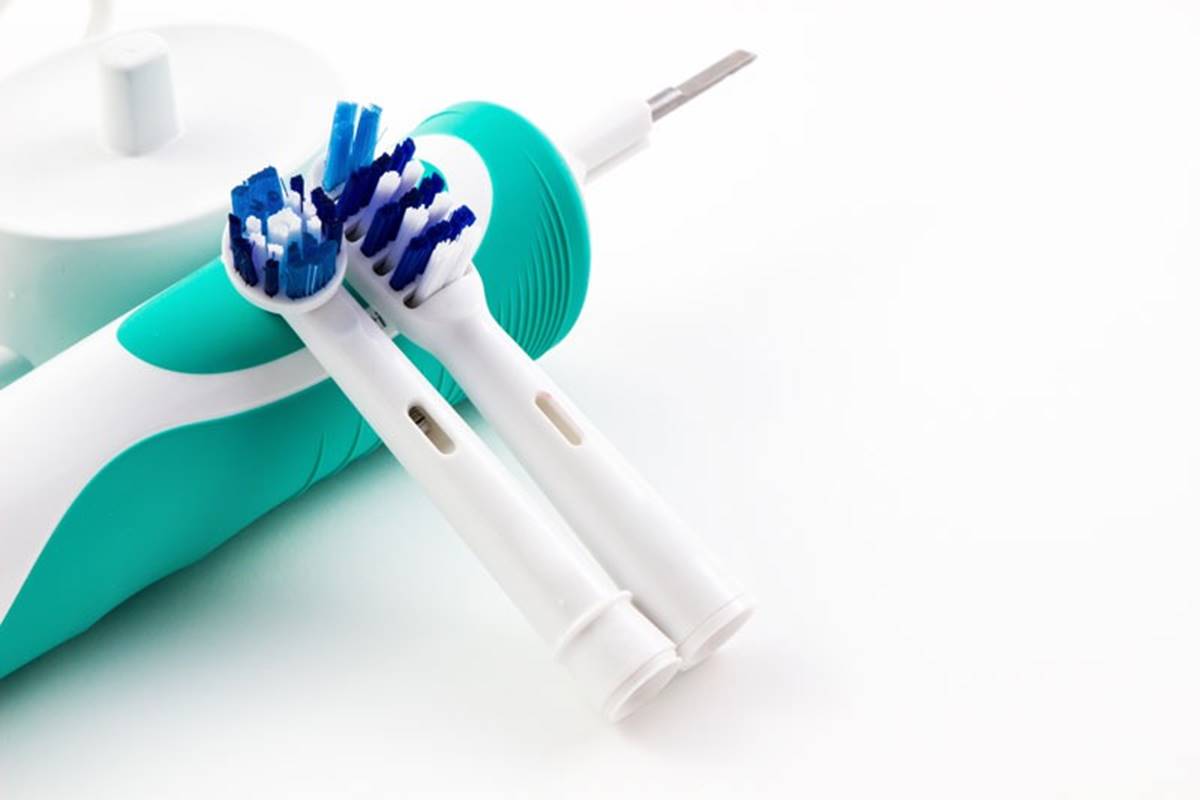
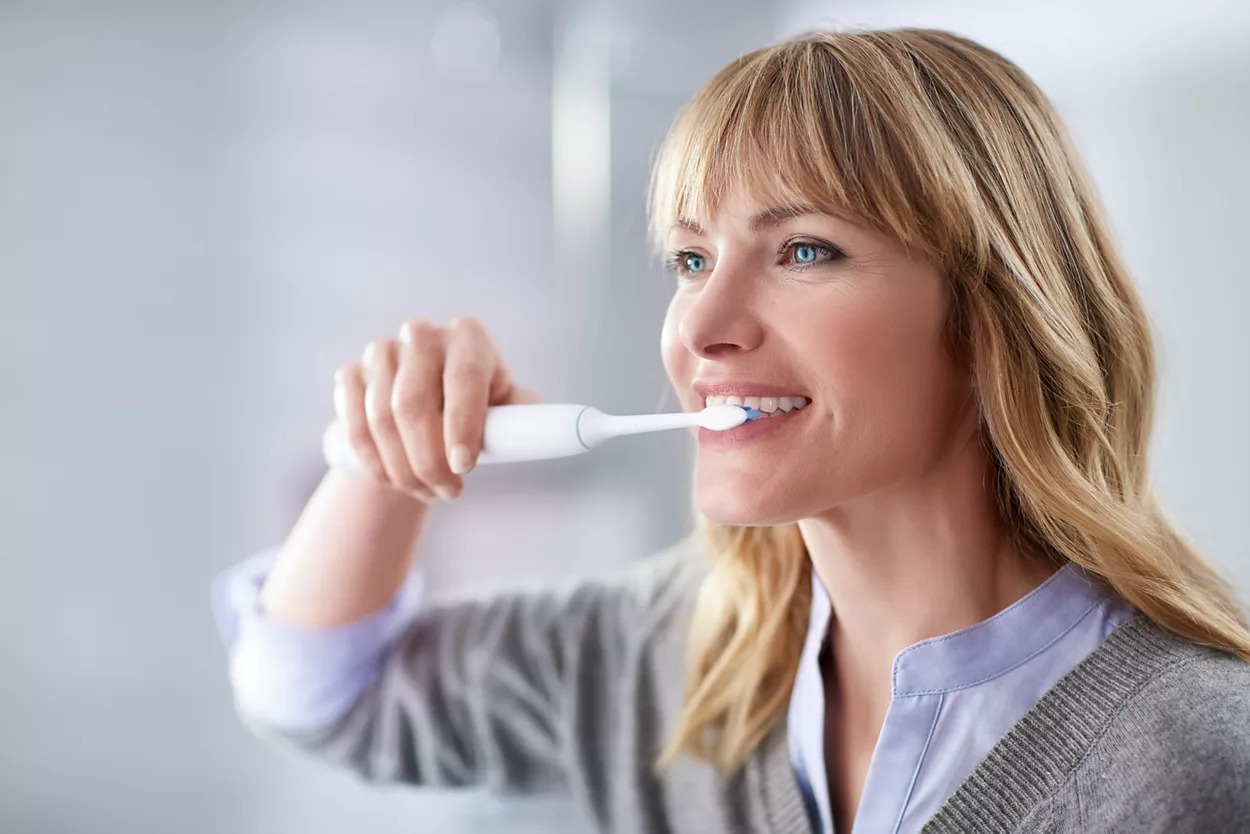
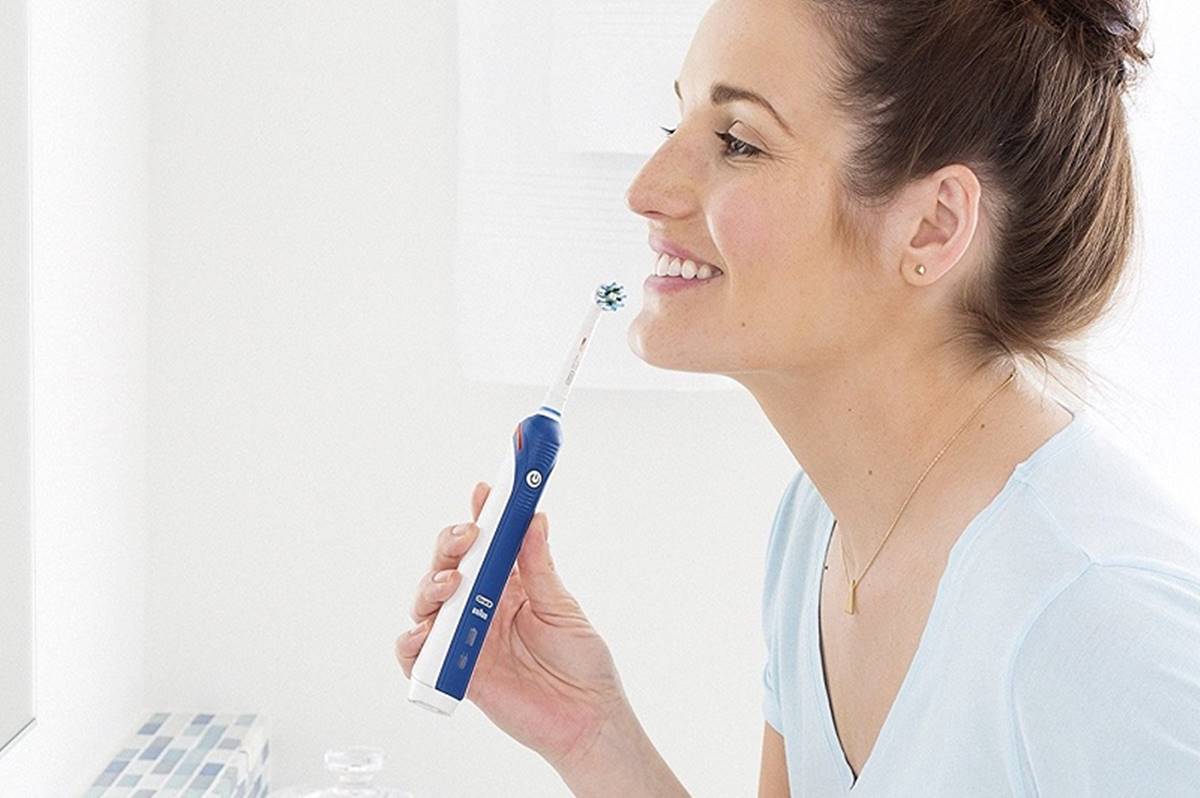
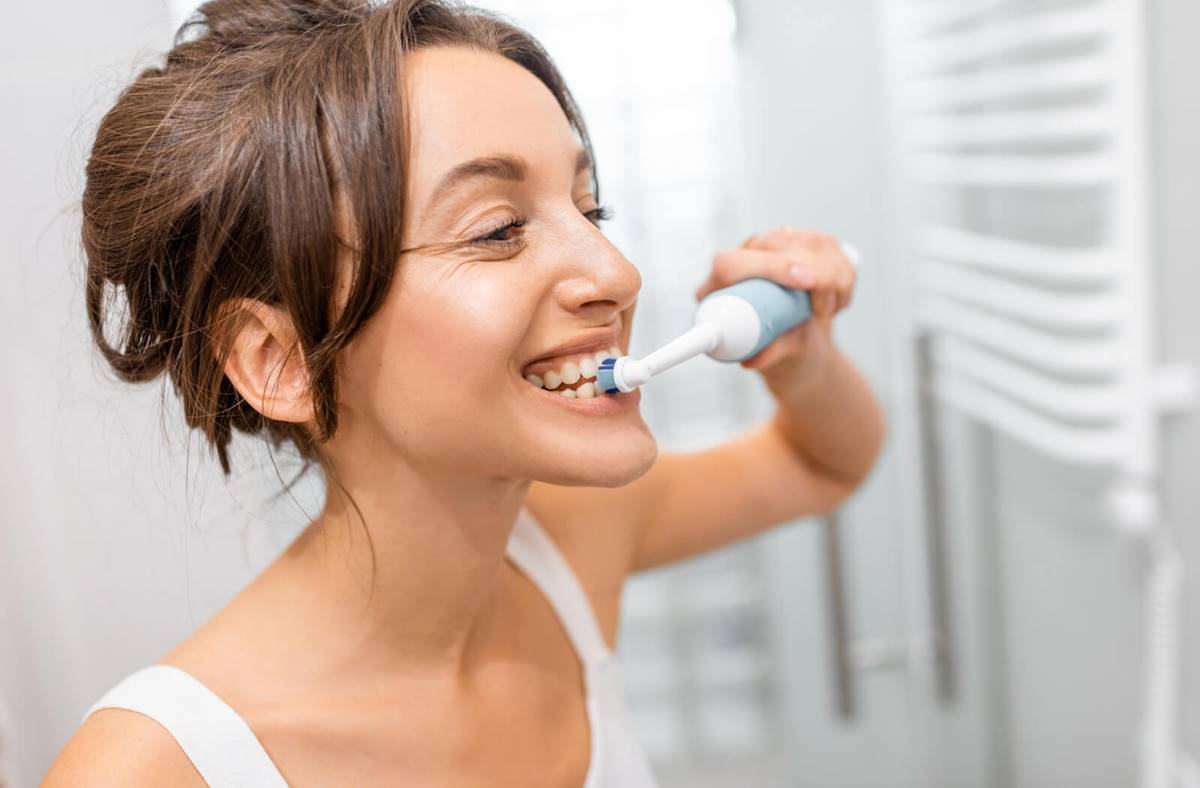
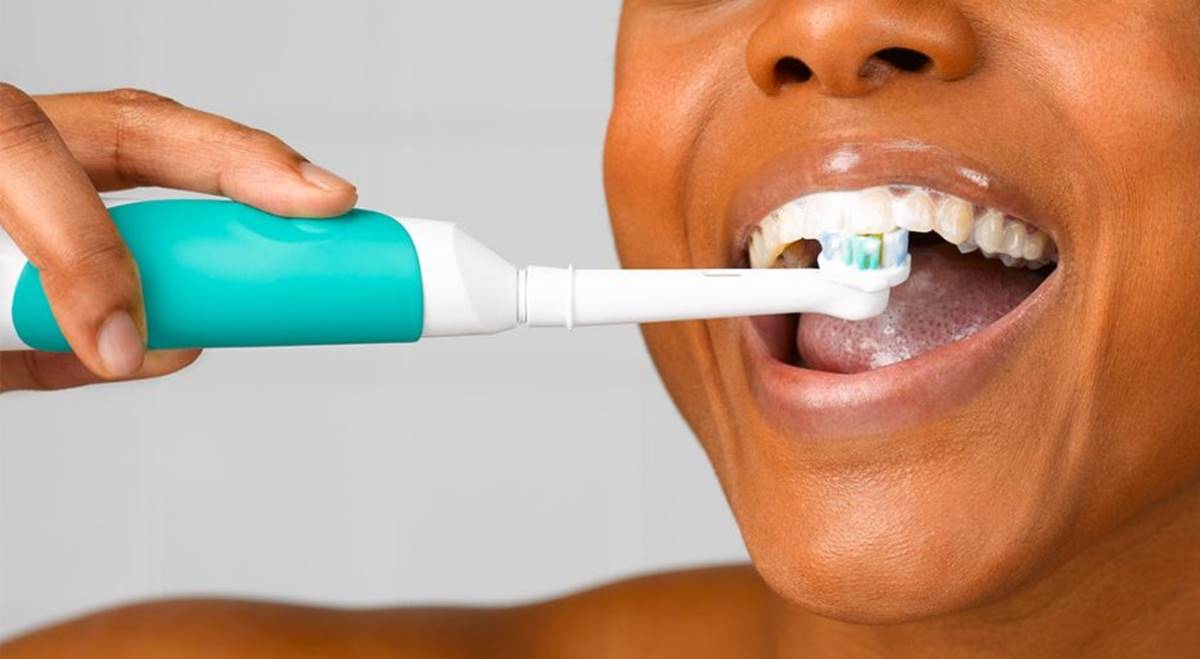
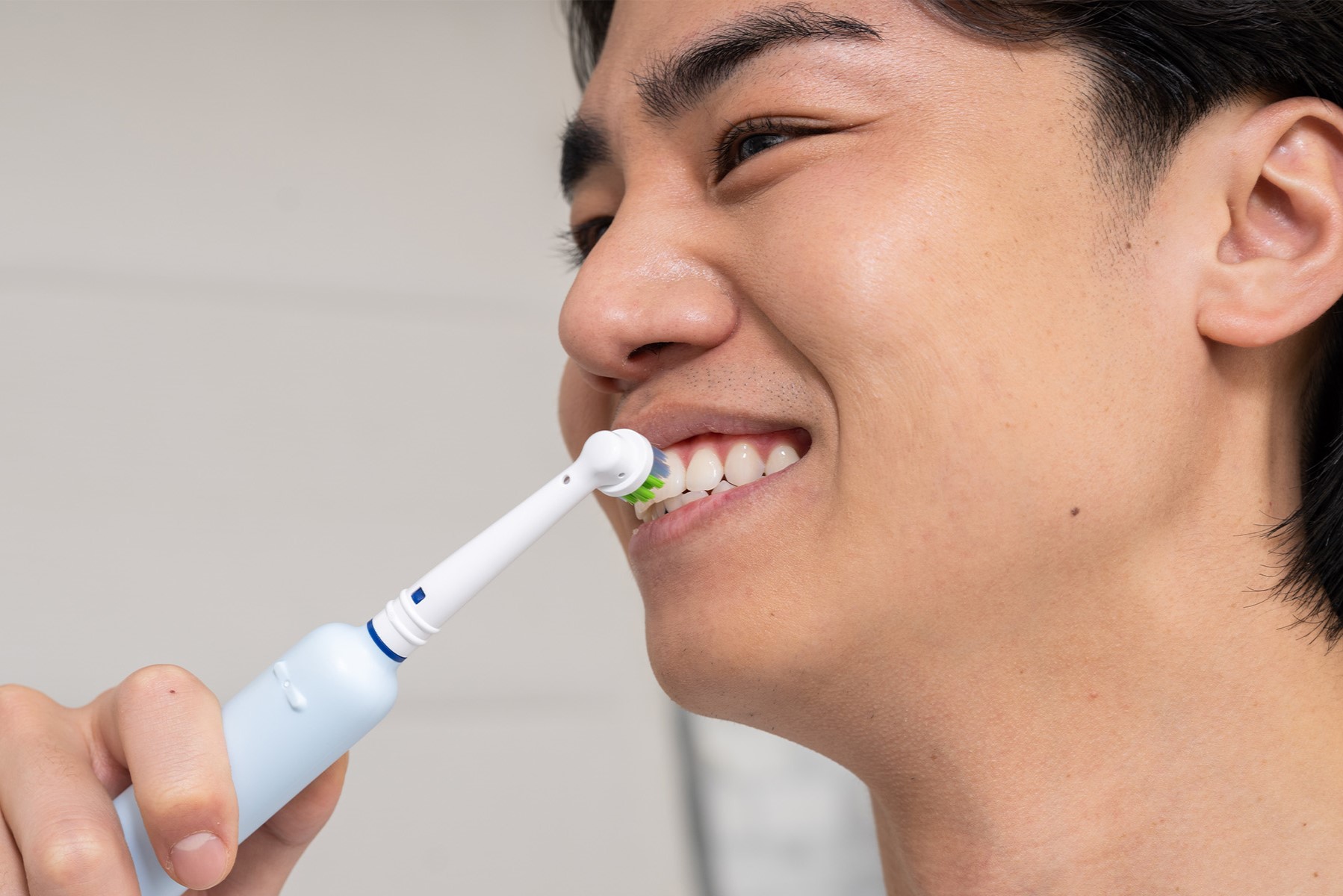
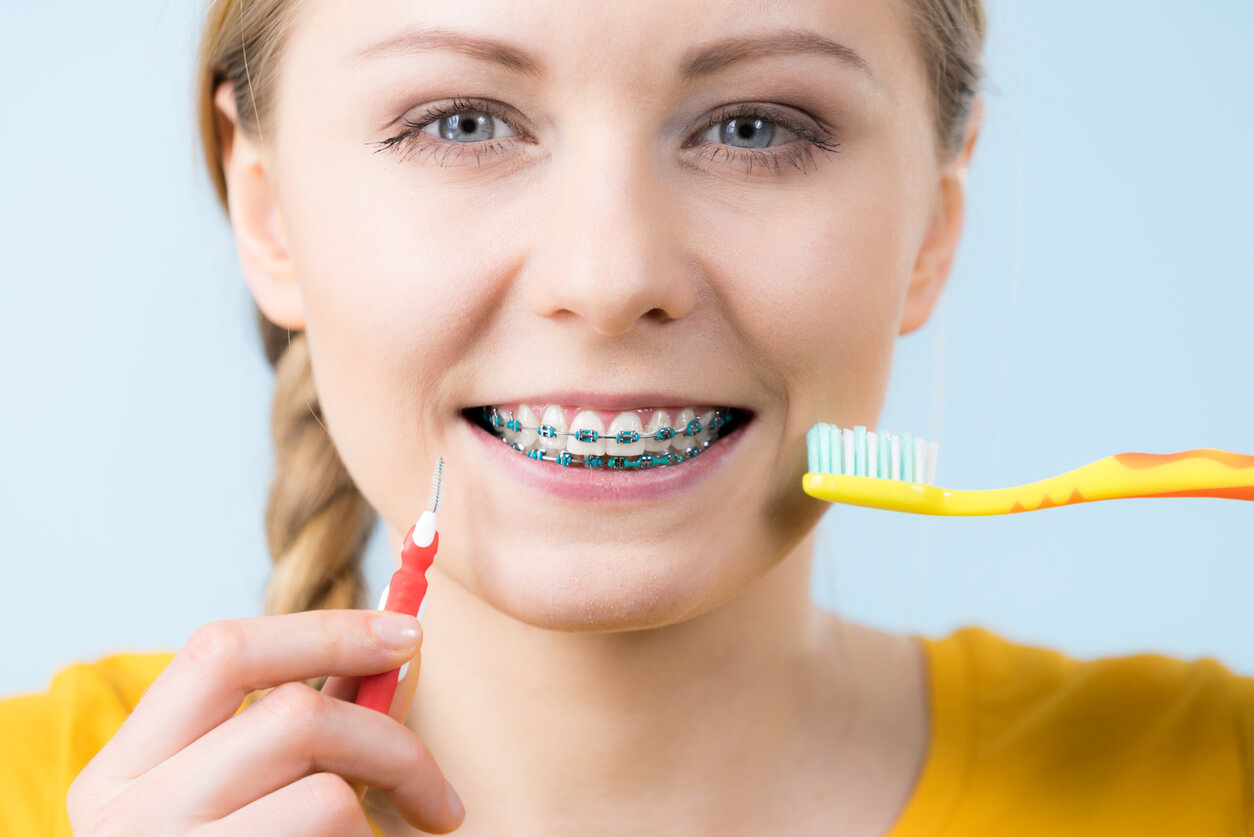
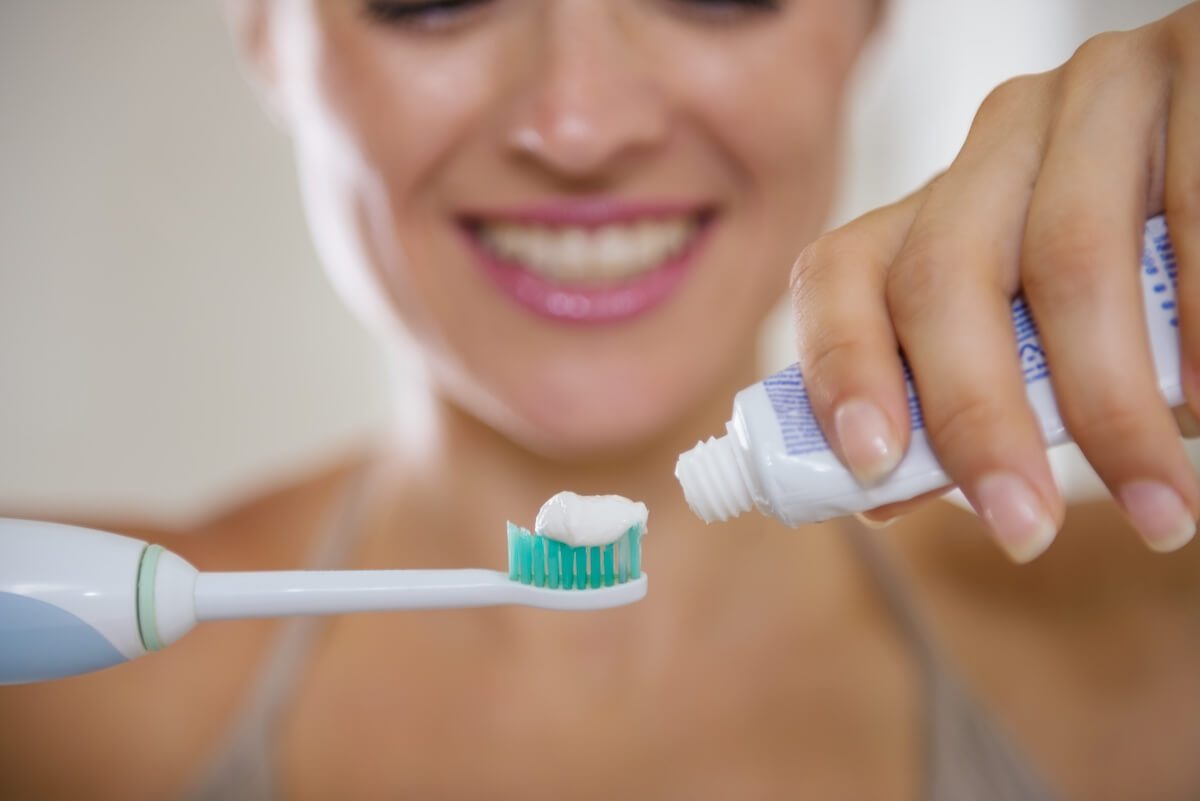

0 thoughts on “How To Brush Teeth With Braces Using An Electric Toothbrush”